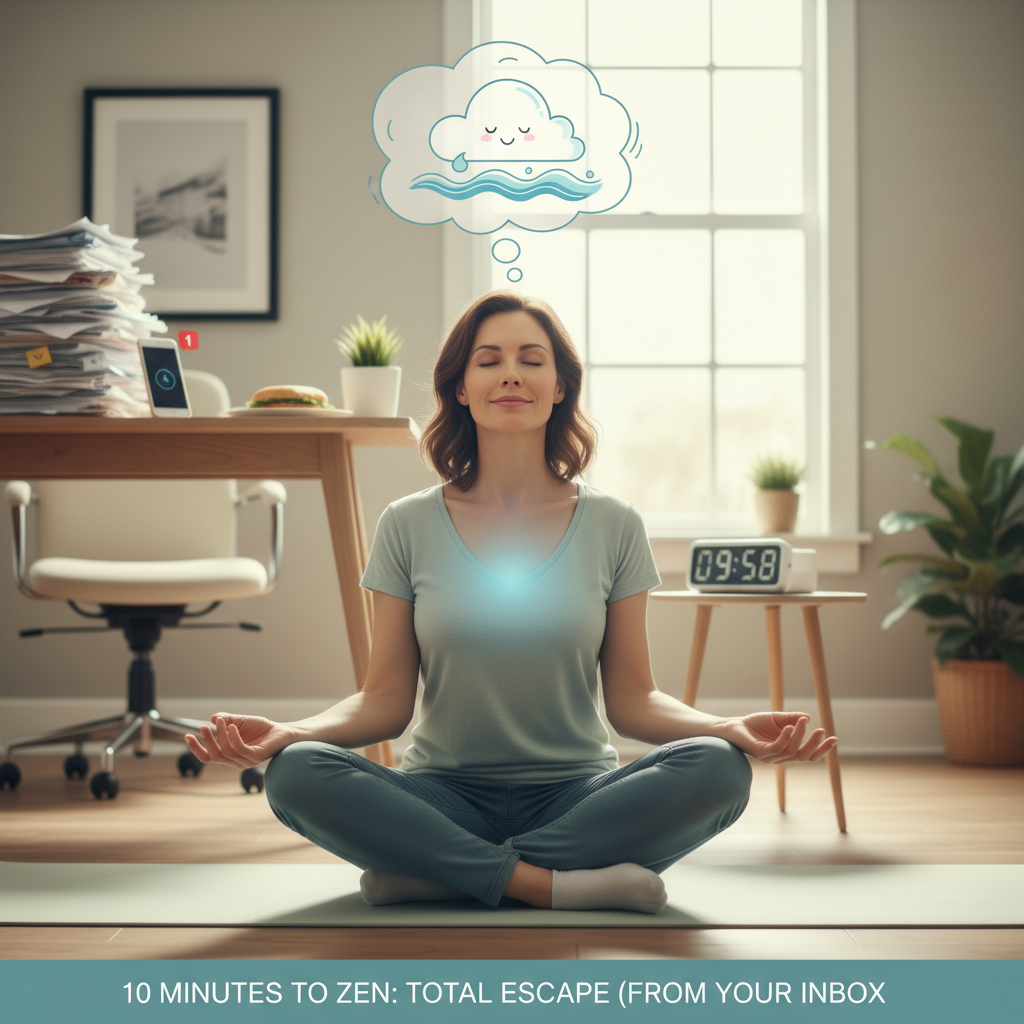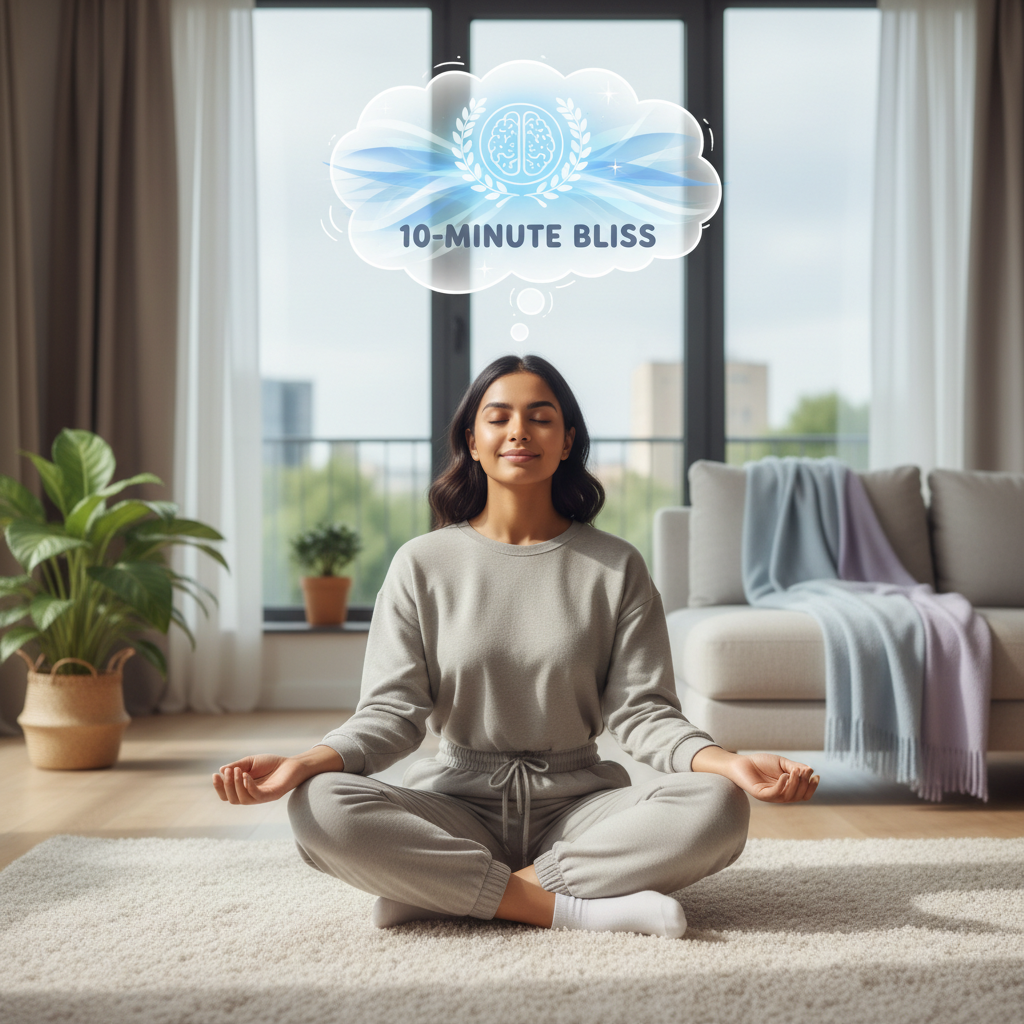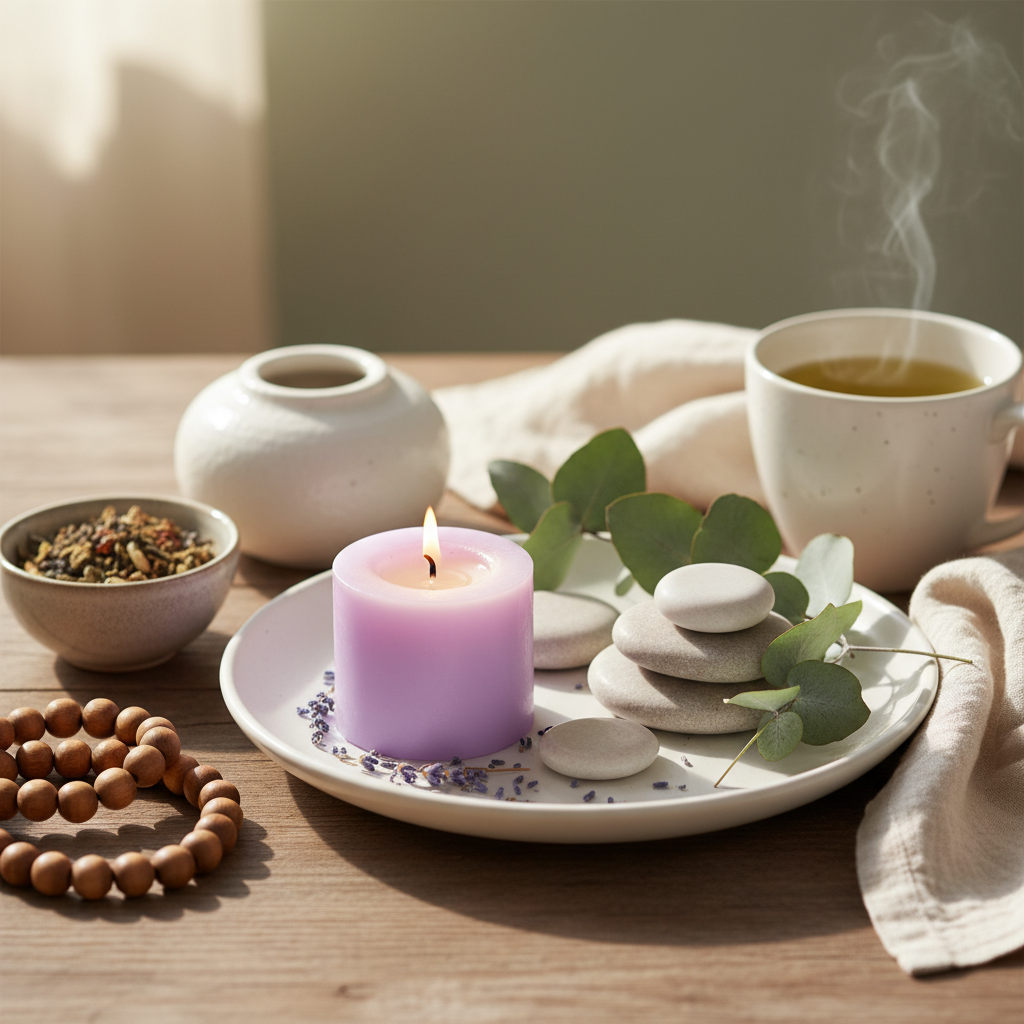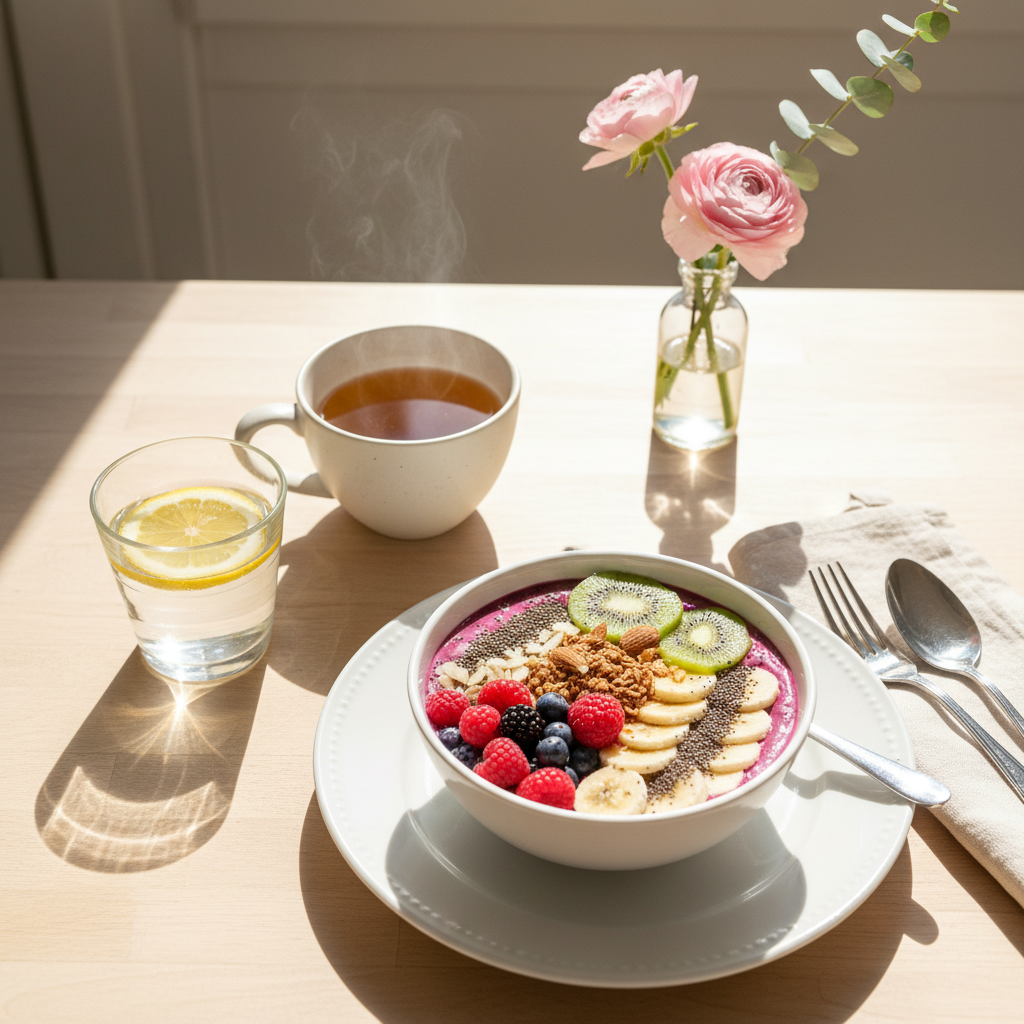Quick 10-Minute Stress Relief Routine: Fast Ways to Relax and Recharge

Why a 10-Minute Stress Relief Routine Works
Stress knocking at your door like an unwanted guest? A well-crafted 10-minute stress relief routine is a proven fast and effective way to relax and recharge, even on your busiest days. Contrary to what you might think, longer sessions aren’t always better; short, consistent breaks act as mental resets, much like software updates for your nervous system without the frustrating “restart now” pop-up.
Scientific studies on stress relief confirm that these brief routines help reduce cortisol, the hormone tied to anxiety and stress, while boosting your overall mood. By integrating quick techniques such as deep breathing techniques into your daily schedule, you can effectively manage stress and maintain calm without interrupting your flow.
So no matter if your day feels like a hectic game of Tetris, squeezing in a few minutes of structured relaxation sets you on a path to better mental health — a true win-win.

Steps for Your 10-Minute Stress Relief Routine
1. Deep Breathing (2 minutes)
Find a comfortable seat or stand tall as if you’re about to drop a mic. Breathe in through your nose for 4 seconds, hold that breath like it’s a secret, then exhale slowly through your mouth for 6 seconds. Repeat this cycle 5 times. This technique gently activates your parasympathetic nervous system—the body’s natural “chill out” crew—helping to slow your heart rate and ease anxiety. For more on effective breathing exercises, explore our comprehensive deep breathing techniques.
2. Progressive Muscle Relaxation (3 minutes)
Beginning with your feet, tense each muscle group for 5 seconds, then release like dropping a hot potato. Move through your body in this order: feet, calves, thighs, tummy, shoulders, neck, face. Feel the dramatic shift from tension to relaxation as your muscles unwind. This practice detects and releases stress-holding muscles, often tighter than your favorite jeans after holidays. Learn more by visiting our detailed progressive muscle relaxation guide.
3. Mindful Movement or Stretching (2 minutes)
Gently roll your neck, shrug your shoulders like shaking off the year’s stress, and stretch your arms out as though you’ve just awoken from a restful nap. For added calm, try a quick child’s pose or cat-cow yoga movements—no stretchy pants required. This movement stimulates blood flow and loosens tight muscles quietly sabotaging your peace. Dive deeper into mindfulness exercises for stress to enhance your routine.
4. Visualization and Positive Affirmation (3 minutes)
Close your eyes and imagine your calmest place—be it a sunny beach, tranquil forest, or cozy living room couch. Breathe slowly while envisioning positive energy surrounding you. Silently or softly affirm, “I am calm and in control,” with extra flair if you like (bonus points for sarcastic delivery: “I totally got this.”). This mental rehearsal helps shift your focus from chaos to calm. Our visualization techniques to boost calm provide more tools to master this practice.

Tips From Your Relaxation Guide
Perfection is the enemy of calm. Don’t worry about nailing this routine flawlessly—I’m still fumbling through stretches myself. Even a few deep breaths or gentle toe wiggles count as progress. The goal is training your brain to switch from “freak-out mode” to “let’s chill mode,” effectively building mental resilience without breaking a sweat.
For additional expert guidance on relaxation techniques, consider visiting the American Psychological Association’s relaxation techniques resource.

Global Chill Vibes: Why This Routine Works Worldwide
Whether you’re savoring chai in India, relaxing in a hammock in Brazil, or sneakily practicing behind your cubicle in Kansas, this 10-minute stress relief routine is part of a global tradition. Practices like yoga, meditation, and progressive muscle relaxation have soothed minds for centuries, gaining modern scientific validation and widespread adoption.
In fact, scientific studies on stress relief confirm the effectiveness of these techniques around the world, connecting you to a vast community focused on peaceful living.
Frequently Asked Questions
Q1: Can I skip the stretches if I’m stuck in a tiny office cubicle?
A1: Absolutely. Breathing and visualization work perfectly while seated. Stretch whenever you find the chance to do so comfortably.
Q2: How often should I perform this routine?
A2: Aim to practice this routine 2-3 times daily. Scheduling it around coffee breaks is a simple, science-approved strategy.
Q3: Can this 10-minute stress relief routine help when anxiety strikes?
A3: Yes! The combination of calming techniques targets both stress and anxiety, supporting a less reactive and more balanced mind.
Q4: Do I need special equipment to get started?
A4: No equipment needed—just your breath, your focus, and a dose of self-compassion.


